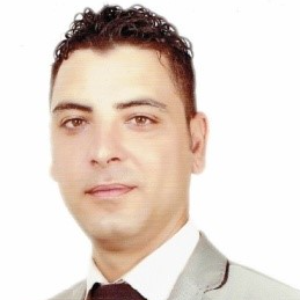Title : Ultrasonic velocity as a novel geophysical method for high-quality aggregate exploration
Abstract:
Estimating the quality of rock aggregates is crucial for various construction and infrastructure projects, yet traditional methods are often labor-intensive and designed for the final product rather than the raw rock material. Standard mechanical tests, such as abrasion and fragmentation resistance, are time-consuming and require intricate laboratory procedures. These conventional methods not only delay the assessment process but also involve substantial operational costs.
In this innovative study, we introduce a groundbreaking non-destructive ultrasonic technique to characterize the mechanical strength of carbonate rock aggregates. This technique specifically targets the prediction of mechanical performance indicators commonly measured by the Los Angeles (L.A.) and Micro-Deval (M.D.E.) tests. By employing ultrasonic velocity measurements, this method offers a rapid, efficient, and cost-effective alternative to traditional testing.
Our research involved 11 carbonate rock samples, for which we determined porosity, density, and the L.A. and M.D.E. coefficients. Prior to these determinations, we conducted ultrasonic measurements on the samples using a longitudinal P wave with a frequency of 55 kHz. The results of our regression analysis revealed a strong linear correlation between ultrasonic velocity and the L.A. and M.D.E. coefficients, highlighting the method's predictive accuracy.
The findings underscore the potential of this ultrasonic method to predict mechanical performance accurately, offering a reliable alternative to the laborious traditional tests. This technique not only enhances the early-stage quality estimation of rock aggregates during quarry prospection but also provides significant economic benefits by reducing time and resource expenditure. The adoption of ultrasonic velocity measurements can streamline the production process, ensuring high-quality output from the outset and minimizing the need for extensive laboratory work.
Moreover, the versatility of ultrasonic techniques extends beyond carbonate rocks, suggesting potential applications in various geological settings and types of aggregates. By demonstrating the wide-ranging effectiveness of ultrasonic techniques in predicting aggregate quality, this paper sets the stage for their broader adoption in the rock aggregate industry. This method promises to revolutionize the field with its efficiency and precision, ultimately leading to more sustainable and economically viable mining practices.


